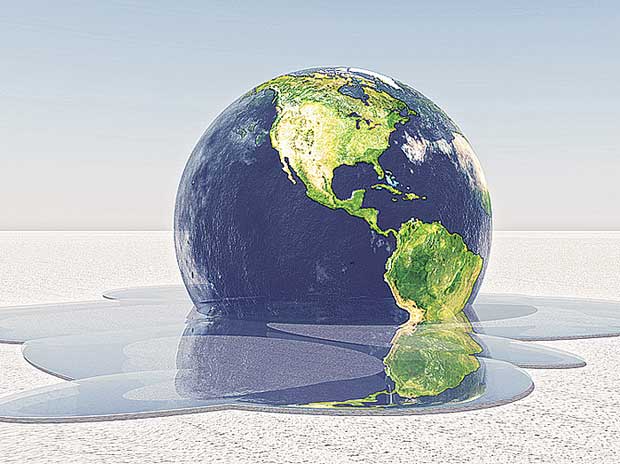
The Paris Climate Change Agreement was the biggest gathering of world leaders in one place ever. Including ministers from 196 countries that sat behind their country nameplates at 7.16pm, two hours later then when the agreement was supposed to be signed. When the French foreign minister, Laurent Fabius, announced that the last-minute compromises had been resolved and that the agreement was signed. The agreement produced by Paris was hailed as “historic, durable and ambitious”. It involves developed and developing countries alike to limit their emissions to 2C with an aspiration of 1.5C, a relatively safe level with regular reviews to insure the limits are met. Kumi Naidoo, executive director of Greenpeace International, described the mood as, “It sometimes seems that the countries of the UN can unite on nothing, but nearly 200 countries have come together and agreed a deal. Today, the human race has joined in a common cause. The Paris agreement is only one step on a long road and there are parts of it that frustrate, that disappoint me, but it is progress. The deal alone won’t dig us out of the hole that we’re in, but it makes the sides less steep.” The agreement will be deposited at the UN in New York and opened for signature for one year on 22 April 2016.
So what does this agreement mean? The agreement sets out a global action plan to put the world on track to avoid dangerous climate change by limiting global warming to well below 2°C and be entered into force in 2020. Some of the key elements of the agreement are; mitigation reducing emissions, transparency and global stocktake, adaptation, loss and damage, and support. To summarize, most of these key elements mean that as the human race we will put our difference aside and work together to secure our world and start to slow down climate change. Our governments have agreed to come together every 5 years to set more ambitious targets as required by science, to report to the world how well they’re doing, and to track the progress towards the long-term goal. As for the agreement entering into force, that will happen after the 55 countries that account for at least 55% of global emissions have deposited their instruments of ratification. We definitely haven’t solved the problem yet but we are most certainly taking the steps in the right direction.
http://ec.europa.eu/clima/policies/international/negotiations/paris/index_en.htm
http://www.theguardian.com/environment/2015/dec/13/paris-climate-deal-cop-diplomacy-developing-united-nations
https://unfccc.int/resource/docs/2015/cop21/eng/l09r01.pdf
http://www.business-standard.com/article/economy-policy/paris-climate-change-agreement-first-draft-ignores-india-s-demands-115101400016_1.html